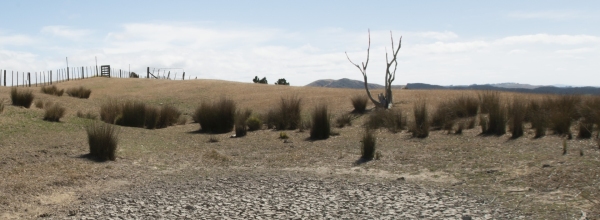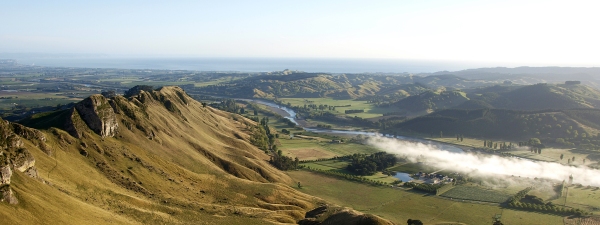The latest state of the environment report released today provides New Zealanders with clear evidence that our climate, freshwater and marine systems are changing, says NIWA.
Environment Aotearoa 2019, compiled by the Ministry for the Environment and Statistics New Zealand, is a comprehensive analysis of how climate change, pollution and water quality issues are significantly affecting the country.
Such a comprehensive analysis is reliant on long-term datasets – many created and maintained by NIWA - that enable policymakers to make evidence-based decisions about how to care for our environment and where to prioritise efforts and investment.
Dr Andrew Tait, NIWA Chief Scientist Climate, said these datasets provide in-depth information to show New Zealanders changes to temperatures, sea level rise, flooding and drought frequency and intensity, ocean acidification, glacier retreat and greenhouse gas emissions.
“The challenges of reducing our urban air pollutants and national greenhouse gas emissions and adapting to a highly variable and changing climate are hugely important and affect all New Zealanders.”
NIWA Chief Scientist Freshwater Dr Scott Larned says the report shows many urban streams have degraded water quality, and that rivers, lakes and groundwater in pastoral areas have elevated levels of nitrogen, phosphorus, fine sediment and faecal bacteria, compared to levels in native forest areas.
“The same national scale pattern has been reported for more than 20 years, which indicates that the government’s current reforms of the way we manage our freshwaters needs to be bold if they are to meet New Zealanders expectations for healthy and swimmable waters,” Dr Larned says.
The effects of this carry on downstream to our estuarine and coastal environments.
NIWA’s Dr Barb Hayden, Chief Scientist Coasts and Oceans, says research has shown high nitrogen concentrations and levels of faecal bacteria occur where rivers spill into tidal estuaries.
“Estuaries and coastal areas are where many of us live, gather kai moana, and enjoy recreational activities. Understanding how waterway pollution is affecting these areas is therefore vitally important and is a key focus of our work here at NIWA,” she said.
Dr Hayden says the report’s focus on the impacts of our growing urban areas is important.
“We know that heavy metals reach estuaries through urban streams, most of which are polluted. It’s not just farming and fishing industries that affect our environment; urban industries and residents do as well. We are all part of the ecosystem.”





